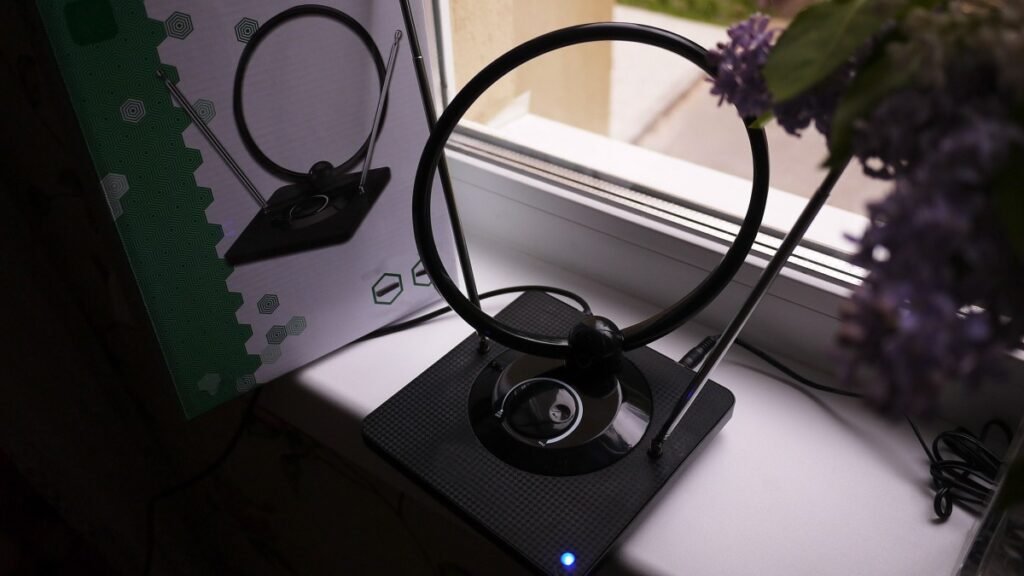Have you been considering cutting the rope, trading your expensive link administration for an indoor HDTV radio wire and free over-the-air TV? At that point, you’ll need to ensure you can get a respectable gathering. Furthermore, much like inland, indoor TV aerial installation gathering is about the area that goes for both where you live and where you place your receiving wire.
We can’t help with the geology. However, we do have tips on the best way to get the ideal gathering in your home.
Explore every available opportunity
Gathering relied mostly upon good ways from broadcast towers, the landscape, and subtleties of the environmental factors, for example, houses, structures, trees, etc. A few models worked in a better way than others, yet it was difficult to anticipate which TV aerial installation would perform best in a specific area.
One amazement was that we discovered little relationship amongst cost and execution; regularly, the less expensive reception apparatuses did just as, or better than, the more costly models.
Go High
The tallness of your radio wire is among the most basic factors in getting respectable gatherings; one explanation rooftop-mounted receiving wires ordinarily beat indoor models. (It’s likewise why you presumably won’t get great gathering utilizing a reception apparatus put in your cellar.)
If it’s conceivable, place your indoor TV reception apparatus in a storage room or second-story area, ideally by a window. There, objects in the room or roofing materials will meddle with the signs, so it pays to attempt a couple of various loft areas. Having the receiving wire in one room and the TV in another requires running a link through your home, because the radio wire should be associated with the reception apparatus (RF) contribution on your set.
Actually, a great many people will put the radio wire in a similar room as the TV. So attempt a couple of higher areas in the room, for example, along the divider close to the roof.
Strike Up the Bands
Since the time the change to every advanced transmission and the resulting range sell-off that saw numerous stations move areas, neighborhood channels are presently on both UHF and VHF groups. So you need a radio wire that does well with the two groups to ensure that you’ll get all the stations you can.
Stop Interference
Anything that remains between an indoor TV radio wire and the transmission pinnacles can corrupt your gathering if you don’t live in a high rise where your “see” comprises a neighboring structure’s block divider.
Attempt an Amp
Many of the models we tried had an intensifier, which can support signal solidarity to help pull in more inaccessible stations. An intensifier can likewise be useful on the off chance you plan to part the sign from one radio wire to take care of two TVs.
However, our tests indicated intensified receiving wires weren’t in every case more powerful than no amplified models—they can likewise intensify clamor and bending and over-burden gathering from nearer stations.
